Unveiling the Hidden Truth: Solar Radiation Surge Masks Underperformance in Utility-Scale PV Plants
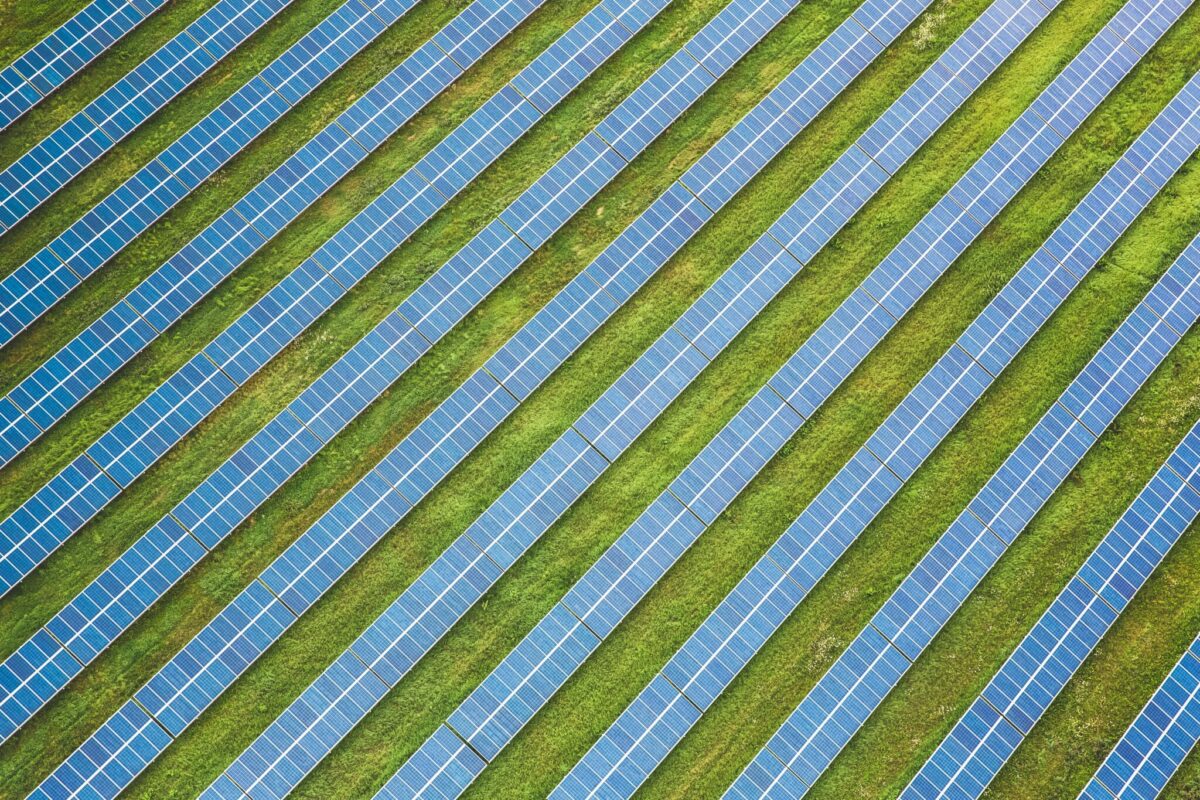
Björn Müller and colleagues discussed the challenges of assessing solar irradiation in the context of long-term variations, known as "global dimming and brightening," in the ISES Solar Energy Journal. They proposed a paradigm shift: instead of using the longest historical data to calculate average solar irradiation, the most recent 10 years should be used for more accurate future predictions.
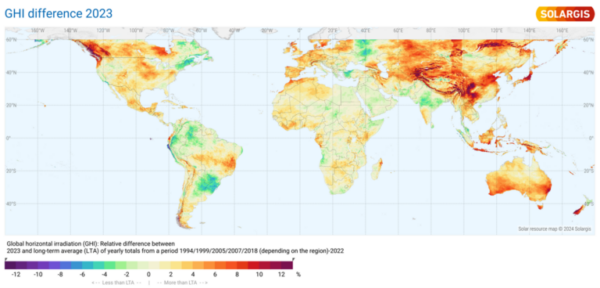
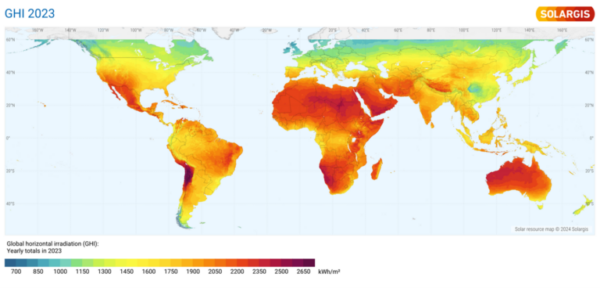
In their 2014 study using German Meteorological Service data from eight stations, they identified a dimming period from 1951 to 1983 and a brightening period from 1984 to 2010. Recently, Solargis® published solar maps showing that 2023 solar irradiation was higher than the long-term average (LTA) from 1994 to 2022. These maps provide preliminary references and highlight the need for detailed energy assessments when discrepancies arise between map values and on-site observations.
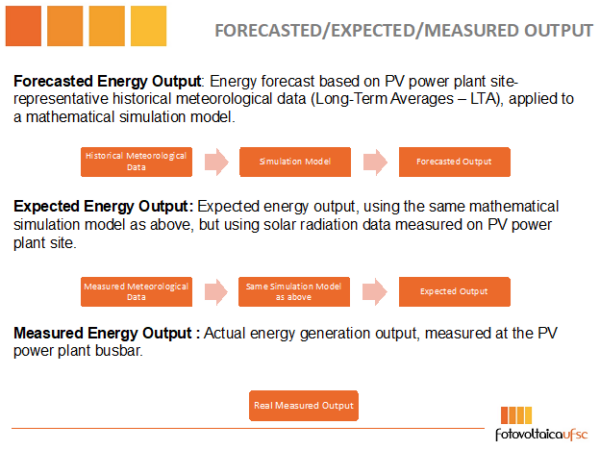
The Energy Performance Index (EPI) measures the efficiency of a solar power plant, comparing actual energy output to expected output based on factors like solar radiation and system losses. Studies show many large-scale PV plants are underperforming, with EPI levels below expectations. For example, many Brazilian PV plants showed poor performance masked by higher solar irradiation in 2023.
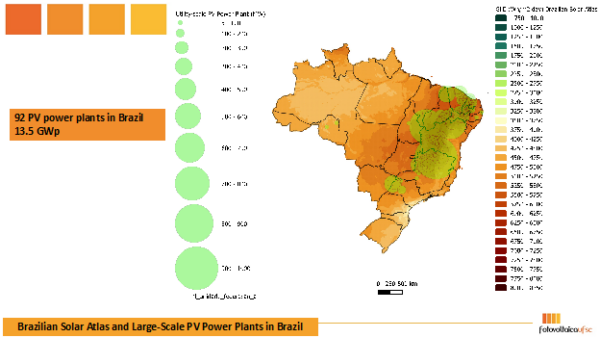
In the USA, a kWh Analytics report indicated one-third of solar assets overstate P50 estimates by over 5%. In Australia, frequent shutdowns due to negative prices complicate performance assessments. The EPI metric is crucial for monitoring, performance assessment, contractual evaluations, project certification, and due diligence. Ensuring high EPI levels, reflecting increased solar radiation as in 2023, is vital for maintaining solar PV's reputation as a low-risk investment.
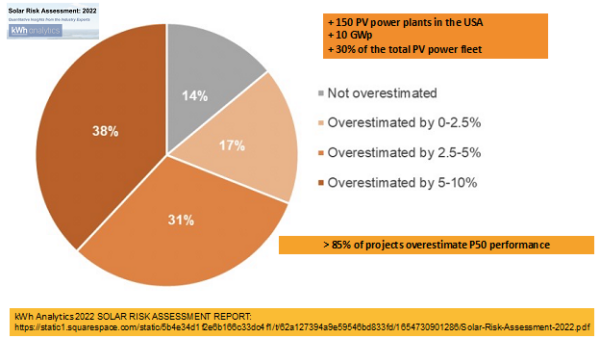




Post a Comment